5 “Spicy” New Cookbooks: A Chat with Margaret Roach
This post may contain affiliate links. Please read my disclosure policy.
Earlier this fall, Margaret Roach and I spent some time cruising around the cookbook table at HGS Home Chef and noticed a theme: spice!
And so, for our annual cookbook chat, we’ve narrowed the focus to cookbooks whose recipes and resources will help spice things up in the kitchen. These are the five books we discuss (with the exception of Amá, due to time constraints):
- Sababa by Adeena Sussman
- The Gaijin Cookbook by Ivan Orkin and Chris Yin
- Mastering Spice by Lior Lev Sercarz
- Maangchi’s Big Book of Korean Cooking by Maangchi
- Amá by Josef Centeno and Betty Hallock
Thanks to these new books, I’ve been enjoying: herby tahini sauce with harissa Brussels sprouts, stir-fried udon with cabbage, japchae with mushrooms and scallions, roasted vegetables with fennel and sumac, and tahini blondies with sesame seeds and cardamom.
But just as much as I am enjoying cooking from each of these cookbooks, I am enjoying reading them — the stories in each are captivating. I’ve reviewed each briefly below.
Listen to my chat with A Way to Garden’s Margaret Roach here.
Also: There’s a giveaway! I’m giving away a copy of Maangchi’s Big Book of Korean Cooking. Margaret’s giving away a copy of Mastering Spice. Details below.
UPDATE: Winner is Nancy Schwartz. I have emailed you.
PS: Margaret Roach’s Garden is Magical
PPS: Soup’s On! A Chat with Margaret Roach
Maangchi’s Big Book of Korean Cooking
If you are familiar with Maangchi, you’ve likely watched one of her YouTube videos. But in the intro to Maangchi’s Big Book of Korean Cooking, Maangchi writes that while videos are great for demonstrating technique, they don’t show the larger picture of how recipes fit together to make up a cuisine.
But MBBKC does. It feels encyclopedic, a comprehensive guide to Korean cooking from how to shop and stock a pantry to the recipes themselves, which extend from banchan (small side dishes) to street food to one-bowl meals.
There is even a chapter dedicated to the vegan recipes she learned from a group of nuns while visiting a Buddhist temple in the mountains.
Maangchi is funny, and I love what she says about plating: she’s not into serving a tiny amount of food on a small plate, preferring instead to plate “mountain” style, in which everything is heaped into a large, gently sloping mound, which she says reflects her culture’s most important value: generosity.
I made her recipe for japchae, a dish made with translucent sweet potato starch noodles, lots of vegetables, and meat if you wish. Get the recipe: Vegetarian Japchae
The Gaijin Cookbook
The word “gaijin” means foreigner or outsider but implies “intruder.”
In the intro to The Gaijin Cookbook, written by Ivan Orkin and Chris Ying, Ivan writes: “Even though I’ve lived in Japan for the better part of three decades, speak Japanese fluently, have opened two successful ramen shops in Tokyo, and am raising three half-Japanese kids, I’m still a gaijin. I can’t help it, just like I can’t help being head over heels in love with Japan.”
Ivan loves both the culture and the food of Japan, and with The Gaijin Cookbook, he hopes to dispel the idea that all Japanese food is “precious and high flying stuff.”
He thinks in general Japanese food gets treated with an over-the-top reverence, but notes that “a Japanese life encompasses the same range of situations as an American one. There are busy weeknights and weekends when you feel ambitious, picky kids, special occasions, dreary winters, sweltering summers, picnics, potlucks, parties, and hangovers. And there’s food for every occasion.”
The Gaijin Cookbook is not a manual for making perfect sushi or a comprehensive guide to Japanese food. The recipes extend from mostly simple to more elaborate (homemade dumplings or dan dan noodles or temaki (hand rolls)) but the section I’m loving the most is the chapter about Teishokuya, which Ivan relates to an American diner: cheap, everyday Japanese food in its purest form.
Thanks to the book, I bought a big bag of frozen udon noodles, pictured above, and they are SO nice to have on hand as fresh udon noodles can be difficult to find. I made the stir fried udon with cabbage and loved it, and what I’m loving about the book is that if you have soy sauce, mirin, miso, and sake on hand, you can make so many of the recipes.
Final thought: Throughout the book, Ivan reflects on what he’s learned from the Japanese culture as a whole, such as: care for others, not getting in other’s way, reading the air. I love these little reflections and stories — it’s such a great read.
Amá: A Modern Tex-Mex Kitchen
Amá tells the story of Los Angeles chef, Josef Centeno, who grew up in San Antonio, Texas, but wanted to get away. In the intro he writes he once “turned his back” on Tex-Mex cuisine.
With aspirations to be a chef, a young Josef moves away from home, heading first to NYC and eventually to cities all over the country cooking French, Japanese, and Spanish cuisines in Michelin 3-star kitchens.
But when he finds himself thinking about Tex-Mex, the cuisine of his childhood, he returns to San Antonio. And after he eats all the tacos and queso he can, he discovers this is not the food he’s after either.
He’s searching, he realizes, for the food of his family, of his Amá (his grandmother), of a Tex-Mex cuisine the modern, commercialized version has bastardized.
Josef describes the food he grew up with as “simple cooking that [isn’t] authentically Mexican but not the melted-cheese-topped stuff people usually talk about when describing Tex-Mex.”
Contrary to what many people think, Tex-Mex can be very vegetable forward — the vegetable dishes are not limited to salsa and guacamole — and the influences can be diverse. Tex-Mex, moreover, doesn’t have to be super fatty; it can rely on spices to add flavor, not the deep fryer or heaps of queso and sour cream.
And like any cuisine, Tex-Mex, evolves and adapts.
I have not cooked any of the recipes yet but I’m feeling inspired by the many fresh, bright flavors. On my to-do list: pick up a ton of dried chilies along with Mexican oregano to make the Amá spice mix, a blend that finds its way into many of the recipes.
Sababa
“Sababa” means “everything is cool” or “it’s all good,” and as you flip through Adeena Sussman’s Sababa, this is the feeling you get — from her morning ritual visiting a local market, the Shuk HaCarmel, a place she describes as her “constant companion,” to her trips to world-renowned restaurants serving the best hummus and falafel, Adeena gives you a real glimpse into her dreamy Tel Aviv kitchen.
And with Sababa, she makes all of this food accessible to the home cook. In addition to providing resources for where to buy pantry staples, she gives recipes for homemade versions or alternatives if you can’t buy or make either. For instance, if you can’t find pomegranate molasses, you can make your own in 45 minutes with a bottle of pomegranate juice and honey. And if you can’t find dried Persian limes, you can use lime zest and fresh lime juice.
I made her basic tahini sauce recipe, which is delicious, and I made one of the variants by puréeing it with a ton of parsley and cilantro. I topped this herby purée with one of her suggested garnishes, harissa Brussels sprouts, which also were delicious. The combination as a whole with the many variations is something I foresee re-visiting often.
Sababa is not a comprehensive guide to Israeli food, but rather a window into how Adeena cooks right now. She uses a lot of fresh produce, a lot of acidity, and a lot of herbs, spices, and toasted nuts — I love this style of cooking.
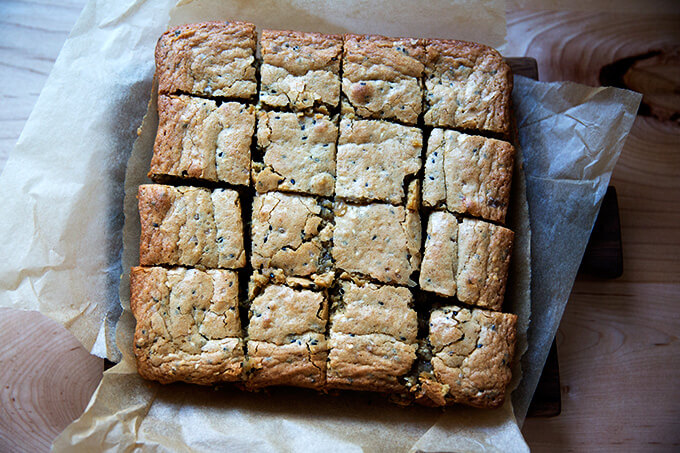
Tahini blondies from Sababa.
Mastering Spice
Mastering Spice is much more than a book about blending spices and learning about which spices go with which foods: it’s about cooking techniques that incorporate spice, and it’s about building off these basic techniques to transform everyday cooking.
Lior writes: “Rather than swap methods for roasting vegetables or simmering beans, I simply switch the seasonings. This is a great way to learn how to cook: mastering basic techniques makes it easier to master new seasonings.”
For example, a creamy carrot soup can be flavored with smoked paprika and cumin or basil and oregano or turmeric and lime. This same creamy carrot soup, incidentally, can be used to sauce pasta, a dish Lior garnishes with poppy seeds, which looks/sounds divine.
Mastering Spice is not a vegetarian cookbook, but there is a focus on non-meat dishes, because that’s mostly how Lior cooks these days.
I’m inspired by his use of spice in unexpected ways. For instant, he uses curry spices in dessert and cinnamon on meat. He writes: “No one spice or blend belongs to one culture or place: ras-el-hanout tastes amazing in a strawberry salad.”
This post may contain affiliate links. Please read my disclosure policy.

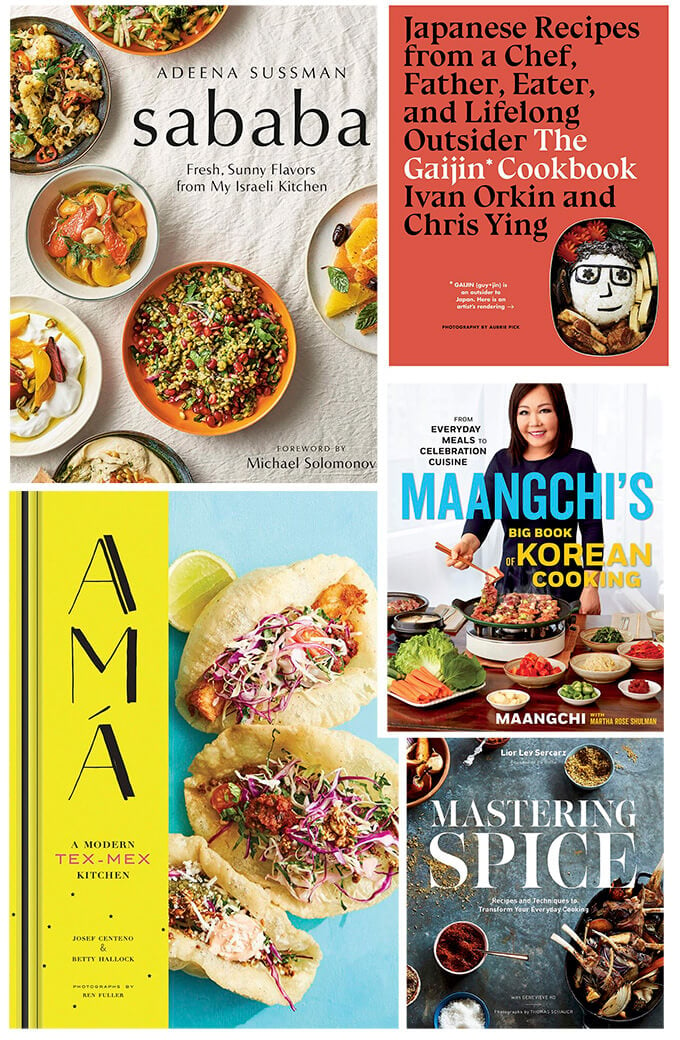
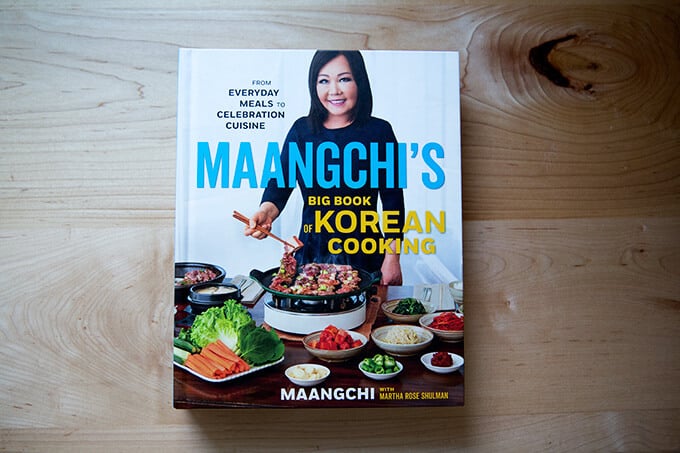
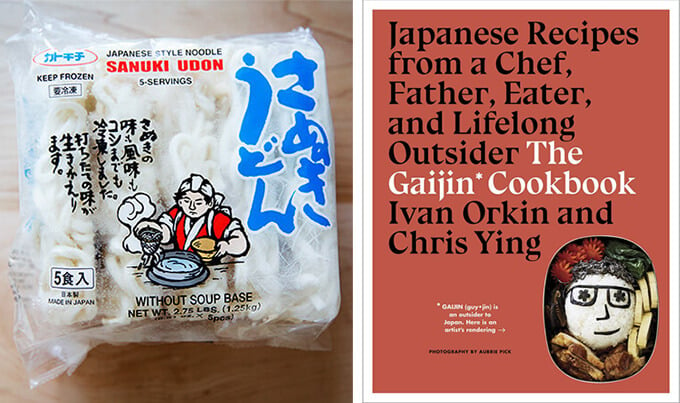
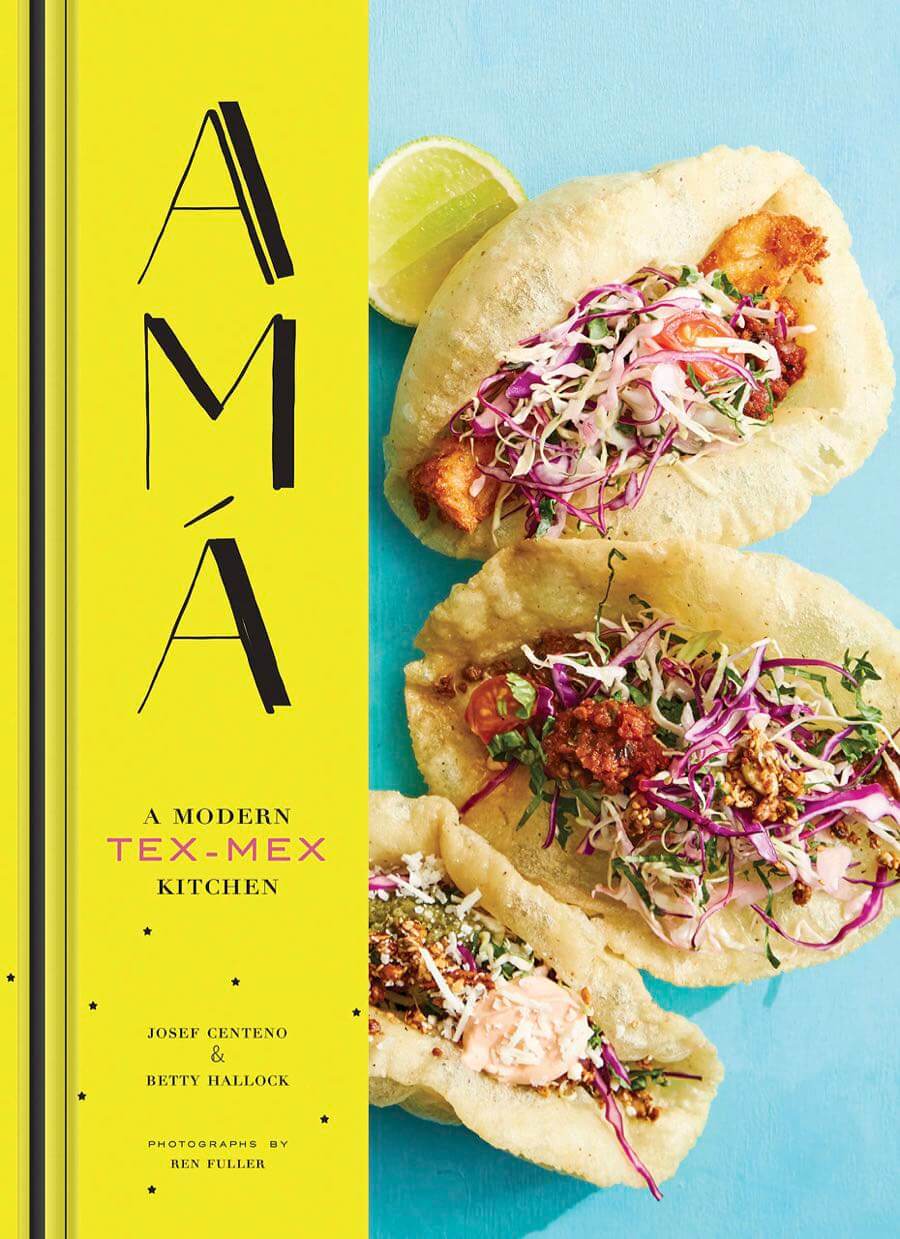
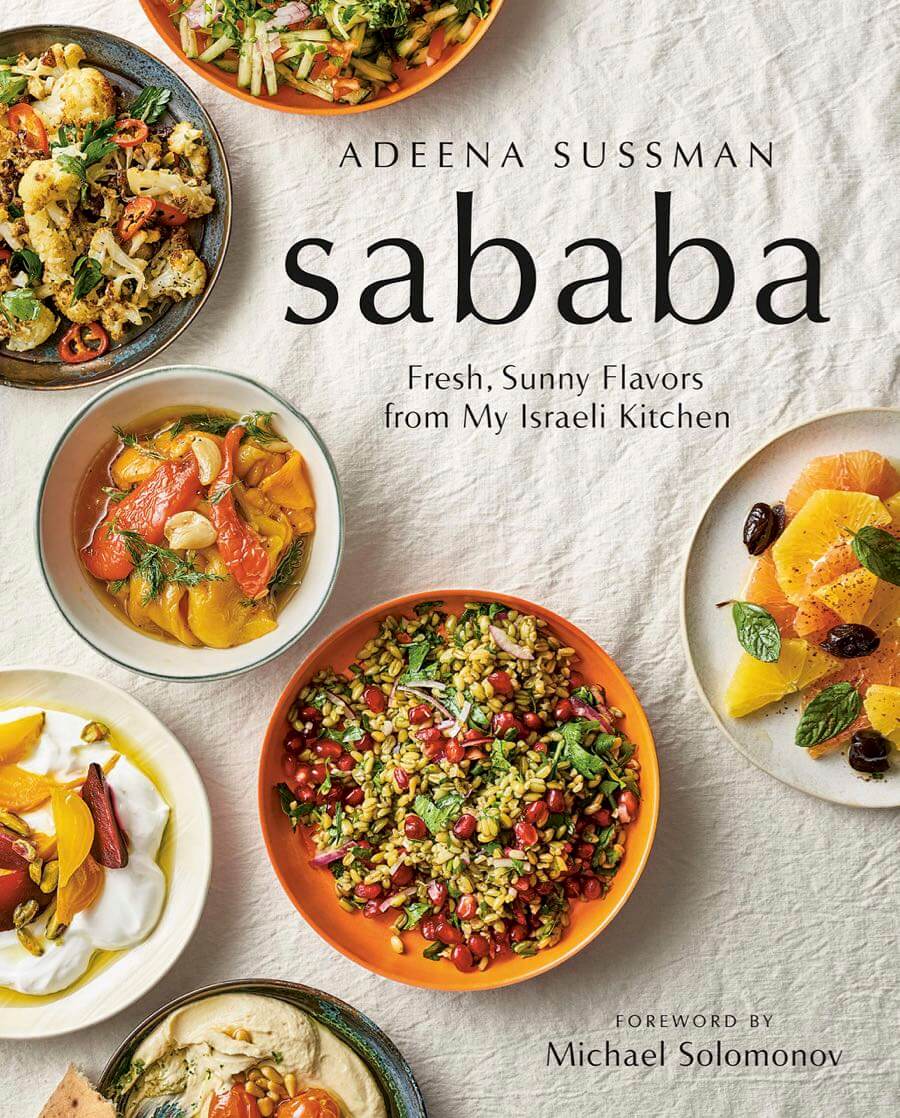
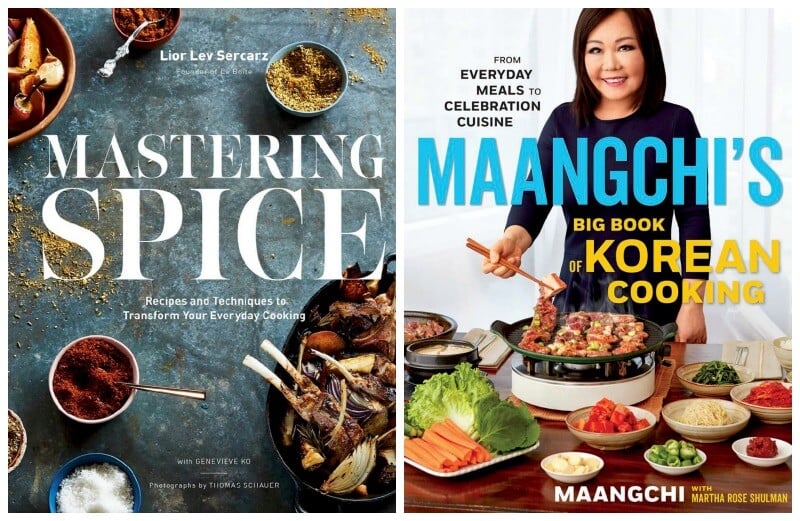
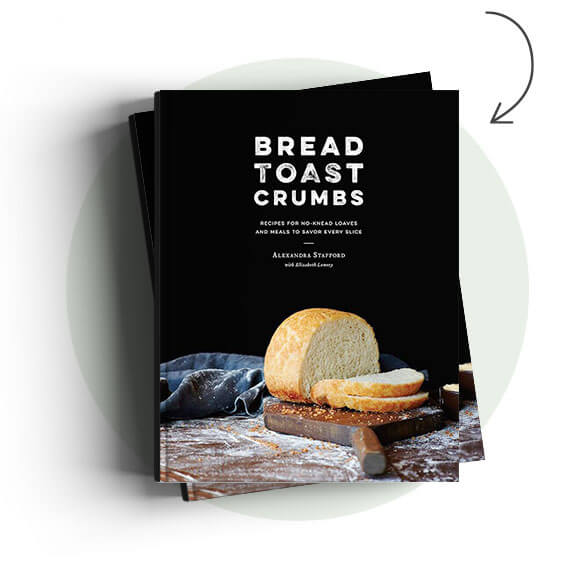

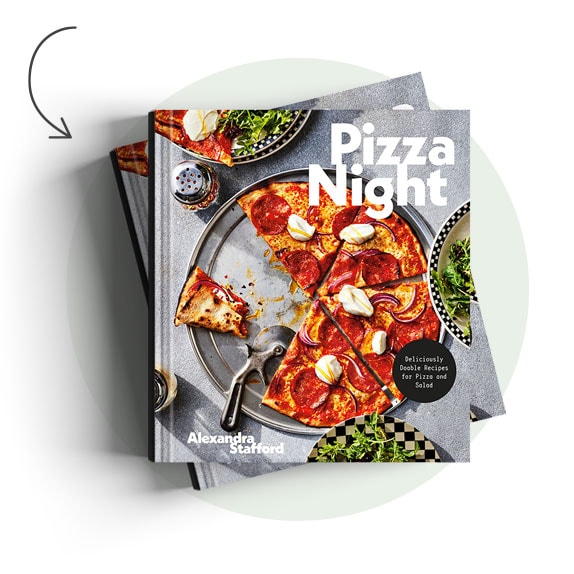
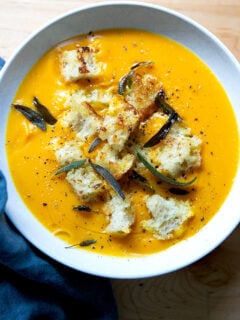

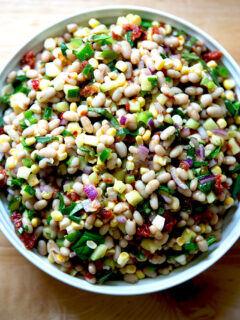
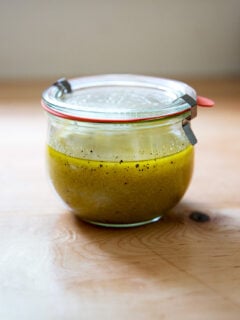

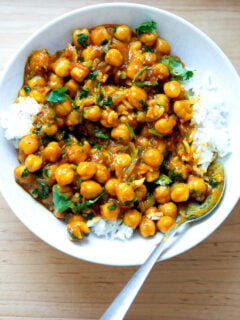

186 Comments on “5 “Spicy” New Cookbooks: A Chat with Margaret Roach”
Great green chili stew.
I’d like to master spice with your cookbook! Thanks for the giveaway.
Home grown green chilis in tortilla soup sounds delicious today. Wish I could make mole like my mother did.
Love to warm the Winter house with spices cooking
I wish I could make a decent chicken tikka Masala.
I crave pad thai sauce and find it a challenge to get it consistently just the correct mix of sweet, salty, spicy and sour right.
I love everything spice, we always have at least six different bottles in our cupboard, some we bought from trips in other countries.
Feel pretty comfortable with the dishes we make at home, but love discovering new dishes.
I have had very good luck with Qorma, an Afghan dish of lamb, spinach, eggplant and a load of sweet and hot spices including cardamom, red pepper, cinnamon, turmeric and nutmeg. It is heavenly. As far as a dish I love but am afraid to try to make, that would be kimchi. I just don’t feel confident with the fermentation process.
I would really like to learn how to make a great tasting spicy tex mex chicken rub or pork rib rub 🙂
One of our favorite family recipes is a coconut curry recipe! Its usually my husband’s first request when I ask him what I should make for the week!
I love making Jody Adam’s Braised Chicken Thighs with Ancho Peppers and Andouille Sausage. I would love to make really good Butter Chicken.
I so wish I knew how to make things like curry paste or kimchi. I often shy away from such recipes, because there’s usually a list of ingredients I don’t have or am not familiar with.
I’d love to learn to use spices more confidently, especially with vegetables.
I make a soup with Andouille Sausage, cannelloni beans, potatoes and Kale. I love to cook and need a new cook book.
What wonderful choices of cookbooks, Alexandra! It is difficult to find particular spices and herbs living in Chianti, but now some markets are beginning to provide a better variety. In the last few years, I truly enjoy making Diane Henry’s “Japanese, Ginger and Garlic Chicken with Smashed Cucumber”. A wonderful play of hot and spicy with the intense coolness of the cucumbers. Fortunately fresh ginger as well as pickled ginger (in the cucumber part of the recipe) are available. The exotic ingredient in the chicken part of the recipe is “togarashi” (a Japanese 7 spice blend of dried orange peel, white sesame seeds, black sesame seeds, nori, ecc.) seasoning and since there was none to be had, I was able to find a recipe for it and made it as best I could, leaving out the nori and the black sesame seeds which are truly not available. Now of course everything can be found online, and the togarashi seasoning that I have bought, is now used in many different ways such as marinades, rubs and with vegetables, noodles and salads. I would love to be able to make dishes such as Korean Dak Galbi and Indian Kurma with their complexity of flavours. Ciao a tutti!
I crave ways to make ordinary meals extraordinary with spices
I need to up my spice game and learn about new spices! I’ve recently bought za’atar, sumac and love using them. I want to try out more spices from other regions! Thanks for the giveaway!
My favorite dish from one of our Thai restaurants is Pad Bai Ka Prao. It isn’t super spicy, but I SO wish I could make it at home!
Thanks for the giveaways!
I love spicy food and would love to own this book. Thank you for the giveaway.
I make spicy Jamaican Jerk chicken and I would love to master a spicy Indian curry!
Would love to share with my granddaughter!
I’m a confident cook, and I use a lot of spices and experiment a lot (my family are always willing guinea pigs!). I’d love this book as I’m always looking for something new to create or different ways to combine ingredients! 🙂
I wish I knew how to make mole. It is so delicious when made well…one could almost eat it by itself. 🙂
I wish I could make good Indian good in general. I love pakora and saag! Thanks for the giveaway.
I have lots of winter squash that I grew this year.
How can I use spices to prepare it?
Thanks.
I am confident making several kinds of spicy chili. I wish I could make kimchee.
I am a good cook who always uses spices, but we have a new daughter-in-law who is from China and I would love some spicy recipes with chicken and beef,
One of my favorite dishes to make is Mapo tofu. I can’t get enough of it.
I’m pretty confident with Panang Curry. I wish I had an expanded knowledge base for Indian and Korean spice blends, especially ones that are not explosively hot. I love spice flavors, but don’t personally embrace the “mouth on fire” level tolerated by some.
I would love to learn how to cook curries and other traditional Indian cuisine.
I have found it very easy to make harissa and then slather that on just about anything. You can make it spicy or mild.
It’s fantastic!
I like CHinese and Thai dishes with spice. No one recipe comes to mind right now. I do like to experiment. Happy Holidays!
I’m trying to ease our family into eating vegetarian 5 days/week. I’ve made a spicy adoule sausage with an adobe sauce over pastas several times that my family loves. I’m hoping to learn how to make similar things with vegetables that will keep my family intrigued and wanting more!